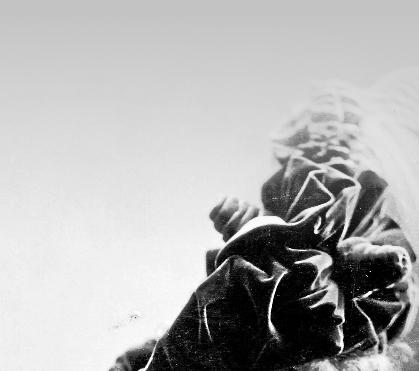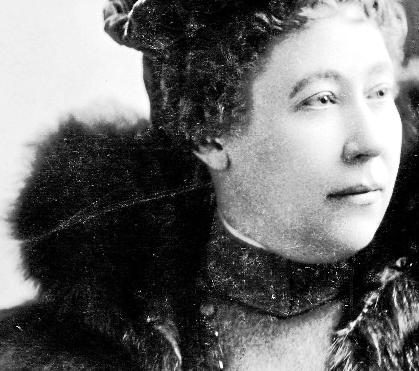
4 minute read
Lilian Heath
Wyoming’s first female PHYSICIAN DEFIED NORMS Lillian Heath stood out as a professional when few existed in Wyoming

Advertisement


MORGAN HUGHES
307-266-0505, Morgan.Hughes@trib.com
In the late 1800s, Lillian Heath helped a railroad doctor rebuild a man’s face.
The man had tried to kill himself. He survived the bullet wound but was left horribly disfigured. Heath was among the small team that put the man back together. It took months and more than 30 surgeries, but by the end, the man looked relatively normal, Carbon County Museum Registrar Ashlee James said, and Heath gets a lot of credit for the role that operation played in the history of plastic surgery.
“They were 25 years before World War I, (plastic surgery) was still quite new, if not nonexistent,” James said. “They do somewhat consider her a pioneer in the field.”
Heath began studying under a railroad doctor when she was a teenager. She was Wyoming’s first woman physician. She was a clothing model, and her story has been preserved as one that upholds the toughness of Wyoming women. But it’s strange that we know anything about Lillian Heath at all.
James, who builds out museum exhibits and so knows the challenges of puzzling together a historical narrative, said less was known about women in the 1800s. In photos, women were typically identified by their husbands. They tended not to have newsworthy professions, so few newspaper articles were written about their lives. Heath was di erent.
“She was a professional in a part of the world where there weren’t very many of them, and being a female on top of it,” James said. “That makes her stick out in many cases.”
Heath was born in a small marshland town in Central Wisconsin in 1865. The Civil War had just ended. The railroad boom was about to begin. Heath’s father, William, painted locomotives. The work took the family west to Rawlins, where William would become close friends with a railroad physician named Thomas Maghee. This is how Heath would meet medicine.
Heath began assisting Maghee as a teenager. When the notorious outlaw Big Nose George Parrott was lynched in Rawlins in 1881, Maghee performed the autopsy, with Heath at his side. Maghee apparently thought looking at Parrott’s brain might elucidate some understanding of the man’s lawlessness. He sawed o Parrott’s skull for the experiment and gave a piece of it to Heath.
Some say Heath kept the skull as a flower jar, others say a doorstop. Either way, when Parrott’s co n was excavated 70 years later, Heath’s husband brought in a piece of skull that matched perfectly with the remains in the co n.
These early exposures to medicine enticed Heath, and eventually she decided to attend medical school. She attended the College of Physicians and Surgeons in Keokuk, Iowa, where she was one of three women in her graduating class. When she returned to Wyoming, she did so as a 27-year-old woman and the state’s first female physician.
Being a doctor in Wyoming was different than practicing elsewhere in the country at the time, James explained.
“Wyoming was still very much the Wild West,” she said. “(Heath) is a nice example to use as an example to say people didn’t live out here like they lived in the East.”
Indeed, when Heath went on latenight housecalls, she did so in men’s clothing, with a pistol tucked snuggly into her jacket pocket. Heath’s practice was wide-ranging. She provided everything from obstetrics to amputations and often had to ride 40 miles on horseback in any direction to provide these services.
Heath’s career isn’t the only way she eschewed the norms of her day. She never had children and wasn’t married until her early 30s. That marriage — to Louis J. Nelson, a decorator and former member of William McKinley’s honor guard — lasted more than 60 years.
A little over a decade after getting married, Heath retired from her medical practice and began modelling clothes for the Denver department store Daniels and Fischer’s.
Heath died in 1962. She was 96 years old, had lived through both World Wars and the start of tensions in Vietnam. She’d endured the Great Depression and watched technology advance in medicine, transportation and everything else. She saw women earn the right to vote and 18 presidents take o ce. And through all of it, she secured her own place in history.
Heath’s story is part of two separate exhibits currently on display at the Carbon County Museum — one honoring the medical practice in Rawlins and one honoring historical women of the area.
“She defied a lot of conventions of her time,” James said.










